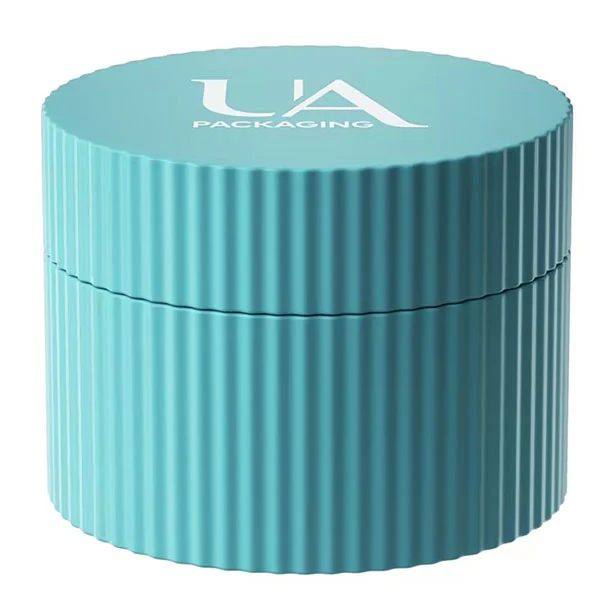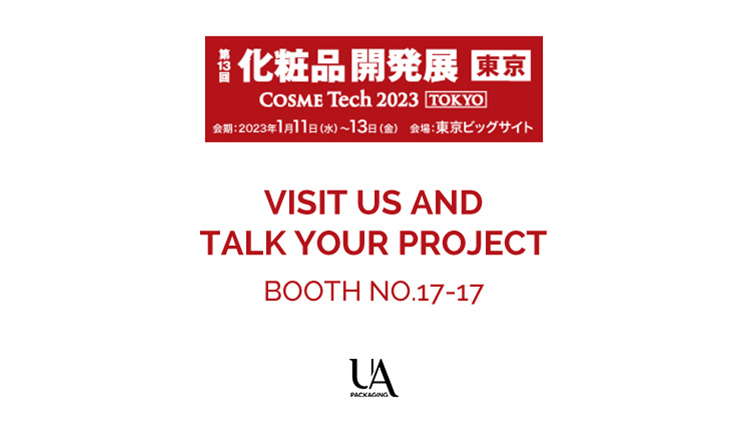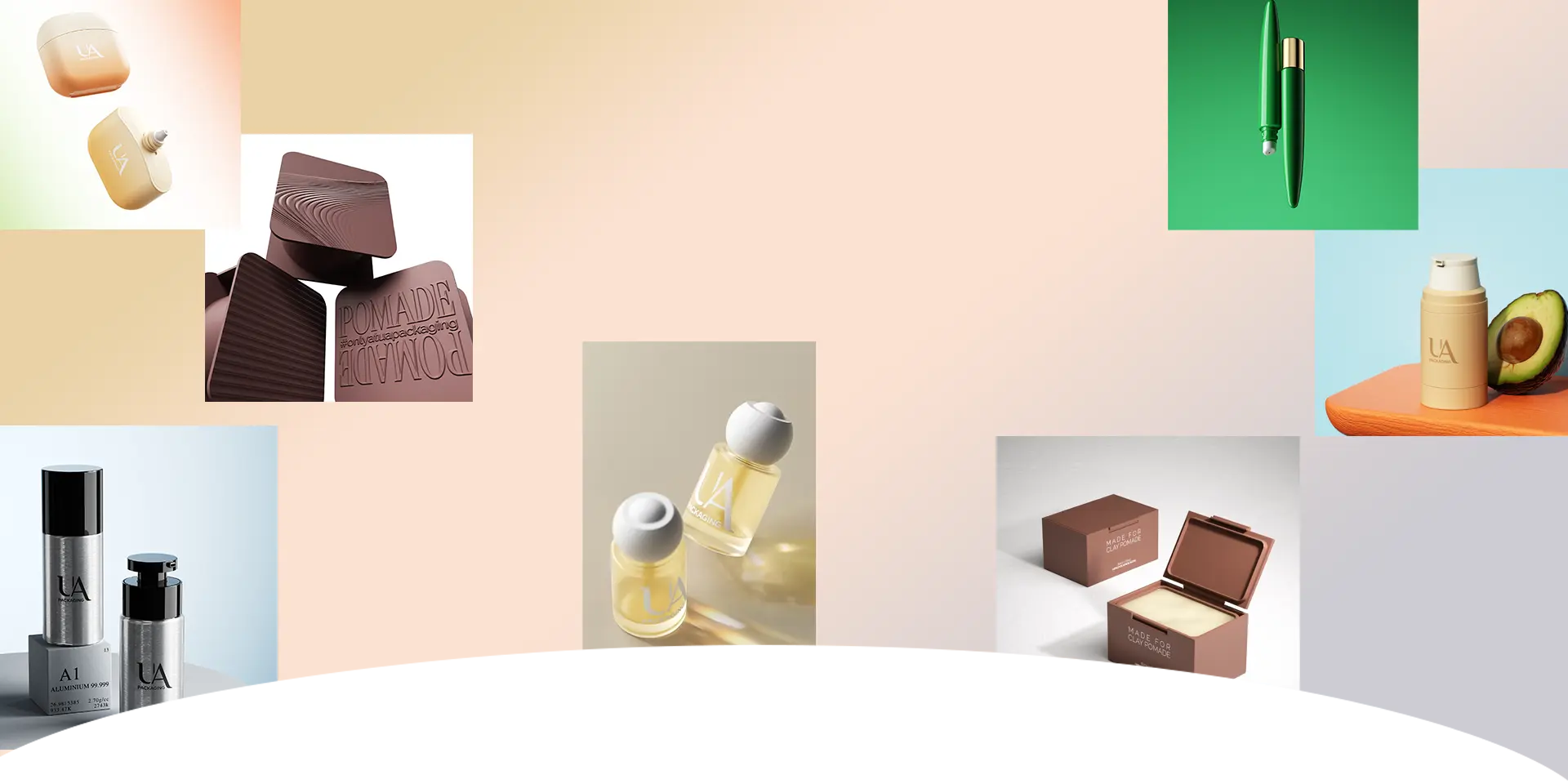In the competitive world of skincare products, packaging plays a significant role in attracting consumers. Brands are constantly looking for innovative ways to package their products, ensuring that they not only stand out on the shelves but also meet the demands and expectations of their customers. One packaging innovation that has gained immense popularity in recent years is airless skincare packaging. In this blog, we will explore why shoppers love airless skincare packaging and how it has become a game-changer in the industry.
The Rise of Airless Skincare Packaging
Over the past few years, airless skincare packaging has become increasingly prevalent in the beauty industry. This packaging solution eliminates the need for traditional pumps and tubes by utilizing an airless pump system. The concept behind this technology is to prevent the product from coming into contact with air, thereby extending its shelf life and preserving its efficacy. It has quickly become a favorite among both brands and consumers due to its numerous advantages.
Superior Protection and Hygiene
One of the primary reasons shoppers love airless skincare packaging is its ability to provide superior protection for their products. Traditional packaging, such as jars and tubes, often expose the product to air and light, leading to oxidation, contamination, and decreased effectiveness. With airless skincare packaging, the vacuum-sealed system ensures that the product remains airtight and is dispensed without any exposure to external elements, maintaining its quality and integrity.
Additionally, airless packaging reduces the risk of contamination by preventing bacteria from entering the container. This is particularly important for products such as serums, creams, and lotions that are applied directly to the skin. Shoppers appreciate the added layer of hygiene and assurance that their skincare products remain free from harmful bacteria.
Increased Product Efficiency and Retrieval
Another key benefit of airless skincare packaging is its ability to enhance product efficiency and retrieval. Traditional packaging often leaves a considerable amount of product unused at the bottom of tubes or stuck in pumps. Airless packaging resolves this issue by designing a system that pushes the product upwards, ensuring that every last drop can be conveniently accessed and utilized.
This feature is highly valued by shoppers as it eliminates product wastage and maximizes the value they get from their skincare purchases. Being able to use every bit of their expensive serums or creams significantly impacts their overall satisfaction and perception of the brand.
Elegant and Eco-Friendly
Beyond the functional advantages, airless skincare packaging also offers an aesthetically pleasing and eco-friendly option for consumers. The sleek and modern design of airless containers adds a touch of sophistication to the overall brand image, attracting customers who appreciate both form and function. The ability to see the product being dispensed creates a visually appealing experience, further adding to the overall satisfaction of the shoppers.
Moreover, airless skincare packaging is known for its sustainability. Compared to traditional packaging, airless containers significantly reduce the use of plastics as they do not require external pumps or tubes. This resonates with environmentally conscious consumers who prioritize reducing their carbon footprint and actively seek out brands that align with their values.
As consumers become more discerning and conscious about the products they use, brands need to adapt and cater to their changing expectations. Airless skincare packaging has emerged as a frontrunner in meeting these demands, offering superior product protection, increased efficiency, elegant design, and eco-friendliness. The growing appreciation for airless packaging among shoppers is a testament to its transformative impact in the beauty industry. Brands that embrace this innovative packaging solution can not only attract and retain customers but also showcase their commitment to quality, hygiene, and sustainability.

 Contact Us
Contact Us (1).webp)

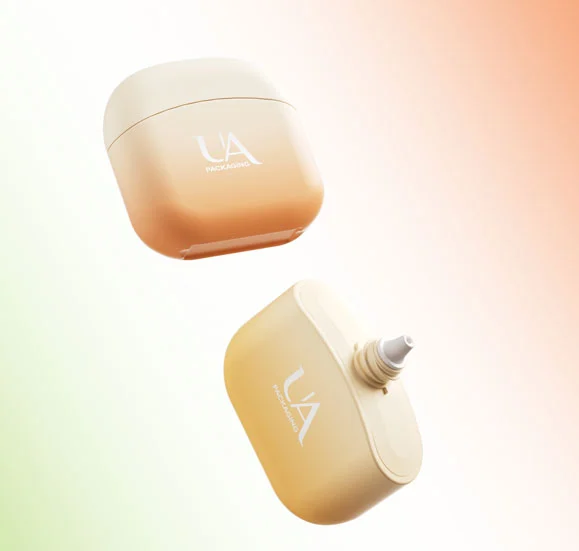
_20250428095135.webp)
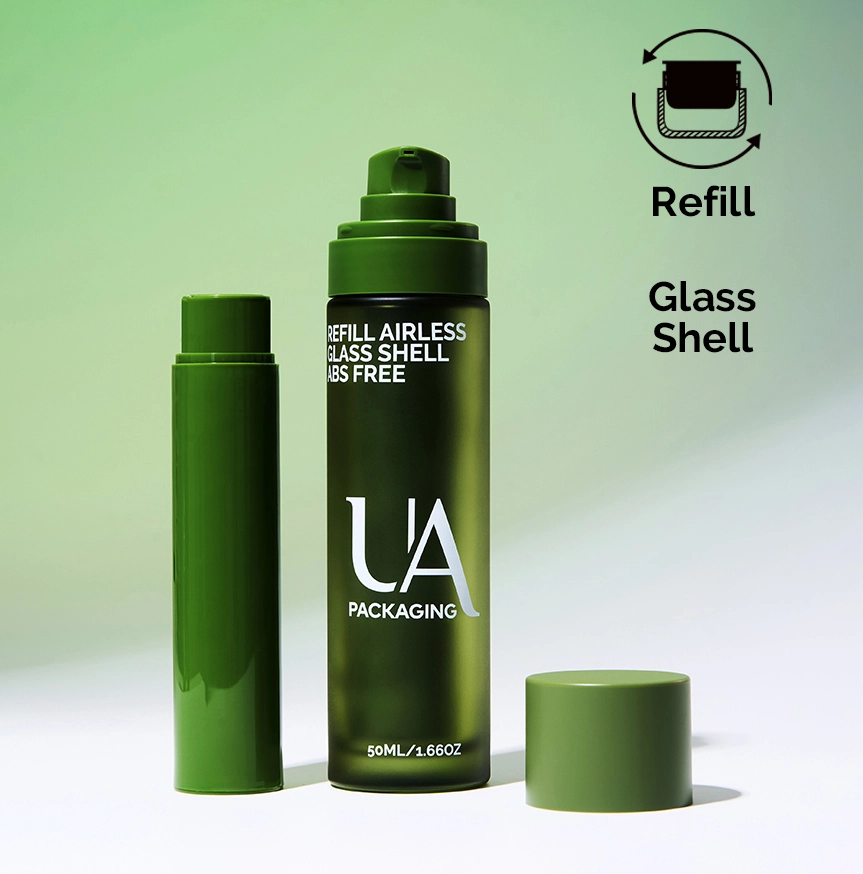
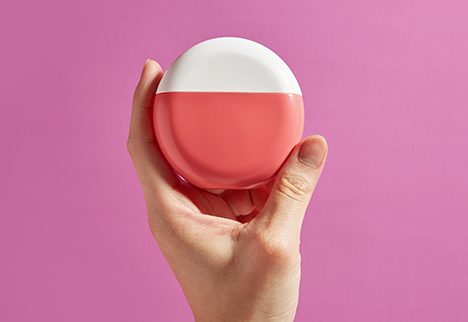

 English
English  français
français  Español
Español  italiano
italiano 